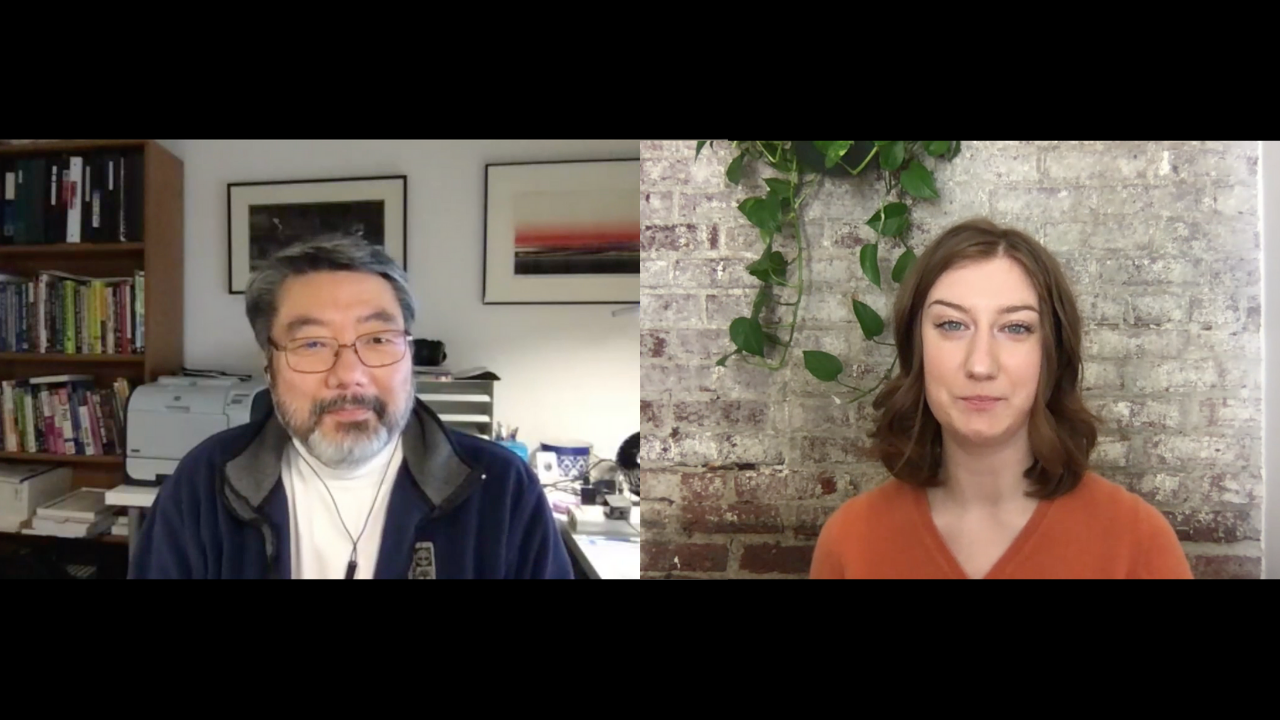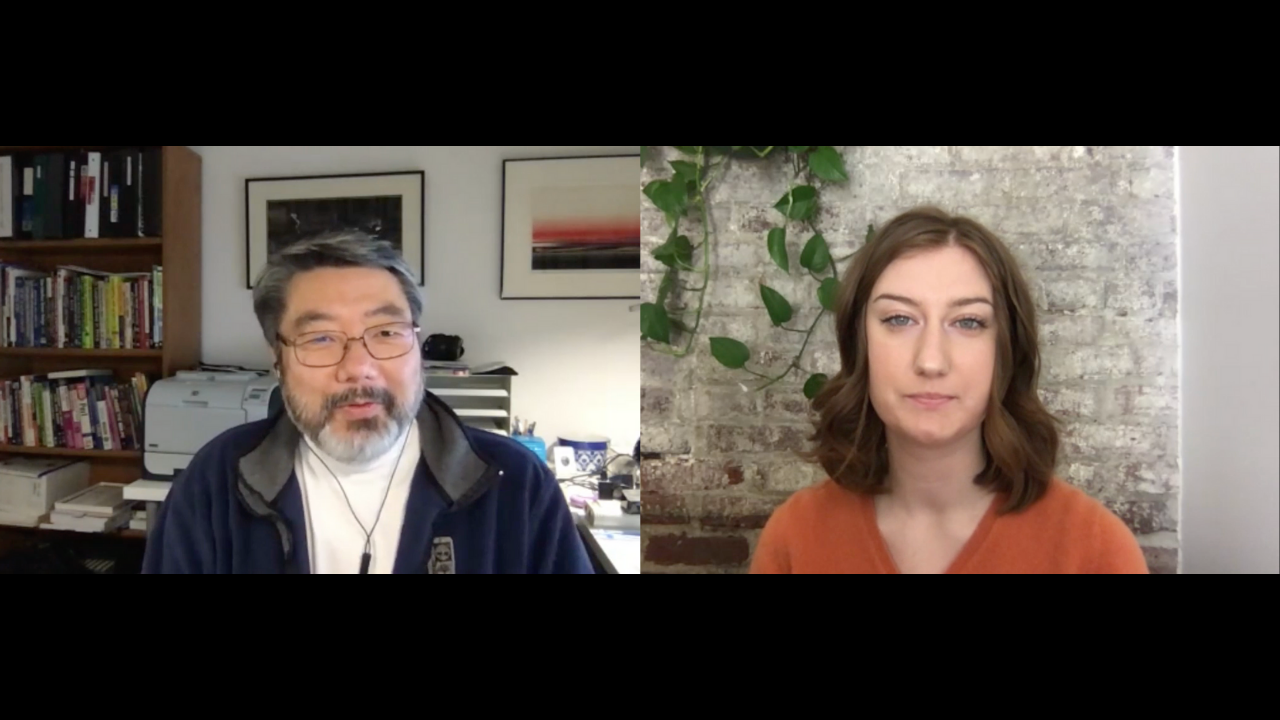How Good Are We?
When presented with prescriptions that would cause serious interaction problems, what percent of pharmacists would notice the problem?
If pharmacists in a given area were presented two prescriptions for the same patient that should not be combined, how many pharmacists would catch the error?
Pharmacists know one of their jobs is to prevent a physician’s mistake from causing harm to the patient. Before reading further, guess what percentage of pharmacists presented with a dangerous combination of prescriptions caught the error?
In a 2016 undercover investigation conducted by the Chicago Tribune, pharmacies in the Chicago area were presented with two prescriptions for one patient, which taken together would be a dangerous combination.1 To some of the pharmacists, Tribune reporters presented prescriptions for both clarithromycin and ergotamine. Another of the combinations was for a common antibiotic along with a popular anticholesterol drug. Of this particular combination, the article noted:
Taken alone, these two drugs, clarithromycin and simvastatin, are relatively safe. But taken together they can cause a severe breakdown in muscle tissue and lead to kidney failure and death.
In explaining the article and the undercover nature of the reporting, the article said:
In the largest and most comprehensive study of its kind, the Tribune tested 255 pharmacies to see how often stores would dispense dangerous drug pairs without warning patients.
The article noted the importance of pharmacists and their role in monitoring physicians:
Dangerous drug combinations are a major public health problem, hospitalizing tens of thousands of people each year. Pharmacists are the last line of defense, and their role is growing as Americans use more prescription drugs than ever.
The article reported on the results of the study:
Fifty-two percent of the pharmacies sold the medications without mentioning the potential interaction, striking evidence of an industrywide failure that places millions of consumers at risk.
Some pharmacists got it right. Some issued stern warnings. “You’ll be on the floor. You can’t have the two together,” said one pharmacist. Another pharmacist said: “I’ve seen people go to the hospital on this combination.”
The prime focus of the article was on the failures:
[In] test after test . . . pharmacists dispensed dangerous drug pairs at a fast-food pace, with little attention paid to customers. They failed to catch combinations that could trigger a stroke, result in kidney failure, deprive the body of oxygen, or lead to unexpected pregnancy with a risk of birth defects.
The article noted that doctors’ knowledge about specific interactions is often poor. In filling prescriptions, pharmacists are uniquely positioned to detect potential drug interactions, warn patients and prevent harm.
For this project, the Tribune enlisted the help of two experts on drug interactions: Professors Daniel Malone of the University of Arizona and John Horn of the University of Washington.
Five pairs of prescriptions were chosen, three of which posed life-threatening risks. The experts described these as “no-brainers.” The pharmacies included in the tests were seven chains and several independent pharmacies.
Perhaps the other side of the story is equally important. Pharmacists failed 52% of the time, but almost half (48%) caught the errors and intervened.
We often say one of our important jobs is to catch errors made by physicians. With the fast paced environment of today’s pharmacy we are not and never will be perfect. The question is “How good are we?” The next question is “How do we improve?” Pharmacists saved half of these patient’s lives. Is that good enough?
How good was your guess?
References
1. Roe S, Long R, King K. Pharmacies miss half of dangerous drug combinations. Chicago Tribune. 2016; Dec. 15. Available at http://trib.in/2hAwA9Q.
How PBMs Impede Pharmacists’ Ability to Perform Clinical Services | APhA 2025
March 31st 2025Antonio Ciaccia, President of 3 Axis Advisors, led a discussion on pharmacy benefit manager reform and how the inability to pass legislation has led to increased financial hardships in community pharmacy.








